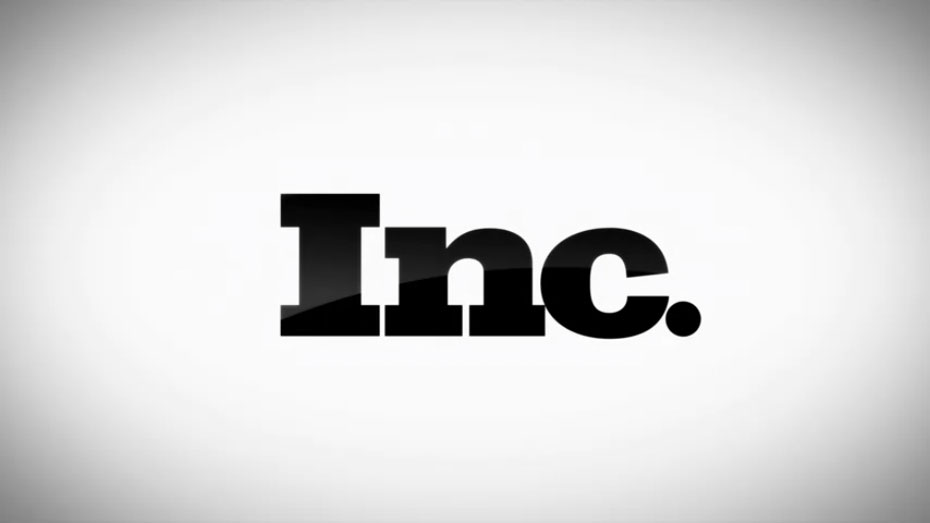Kawasaki Vn1700 Custom
Will That 'Customer' Really Buy?
The dumbest thing you can do is to assume all prospects are potential customers. Here's how to tell the difference.

The dumbest thing you can do, during first conversations with prospects, is to assume that they're potential customers.
Your selling time is valuable—and if you don't want to waste it, your priority must be to confirm that 1) they need what you've got and 2) they've got money to buy it.
Here's how to structure the conversation with a sales prospect.
1. Confirm the Need
To make sure the prospect actually and truly needs your offering, early in the initial conversation gracefully introduce questions like:
- What are some of your priorities right now?
- What are some of your challenges surrounding your current goals?
- What problems are you encountering?
- What would you ideally like to change?
The prospect's responses will reveal whether the need is great enough so that it makes business sense to continue the conversation. Example:
You: Tell me about your priorities around your supply chain.
Prospect: We've grown rapidly and it's causing us real headaches.
You: What would be some examples of the headaches it's causing?
... and proceed to question No. 2.
On the other hand, if it turns out that they DON'T really need what you're selling, politely thank the prospect and withdraw. Example:
You: Joe told me that you've got a supply chain problem?
Prospect: We can't get enough product from our supplier.
You: Why is that?
Prospect: Because we only have one supplier.
You: Ah! My company helps set up complex supply chains. It sounds like your supply problem isn't our area of expertise. Thanks for speaking with me...
Note: This is NOT a prospect. Move on to the next opportunity.
2. Find Out if There's Money to Buy
Once you're sure there's a need, confirm that the prospect believes the issue your offering addresses is important enough to justify a purchase. To do this, ask questions like:
- What has been the financial impact of this issue?
- What have been the legal consequences of this issue?
- Is money committed to solving this problem?
If it appears that the prospect has a pressing need, set up the next step, like so:
You: Do you have a sense of how much this is costing your company?
Prospect: I'd guess about a couple of million.
You: If that figure proves true, would fixing the problem be a budget priority?
Prospect: Most definitely.
You: I can help you work out specific cost-benefit numbers.
This is a real prospect.
On the other hand, if it turns out that the prospect has more pressing priorities, thank the prospect politely and withdraw. Example:
You: Is any money committed to solving this problem?
Prospect: Not that I know of.
You: Has it ever come up in budget discussions?
Prospect: I'm not sure. I think we've lost some business because of it.
You: You know, it doesn't really sound like this is all that big a problem for you. But thanks for speaking with me...
Once again, this is NOT a real prospect, so move on to the next opportunity.
Please note that finding out who is not a potential customer is just as valuable a discovery as finding out who is one. The losing situation, for you, is not finding out until the end of the sales cycle, after you've spent hours of valuable time developing the account.
The above is adapted from the chapter "How to Qualify a Sales Lead" in my newly-published book How to Say It: Business to Business Selling.
Readers: I'm going to be on the "Stu Taylor on Business" program on Business Talk Radio Network Wednesday at 1 p.m. ET. Here's a link to their site.
Dec 6, 2011
Sponsored Business Content 
Source: https://www.inc.com/geoffrey-james/will-that-customer-really-buy.html

0 Komentar